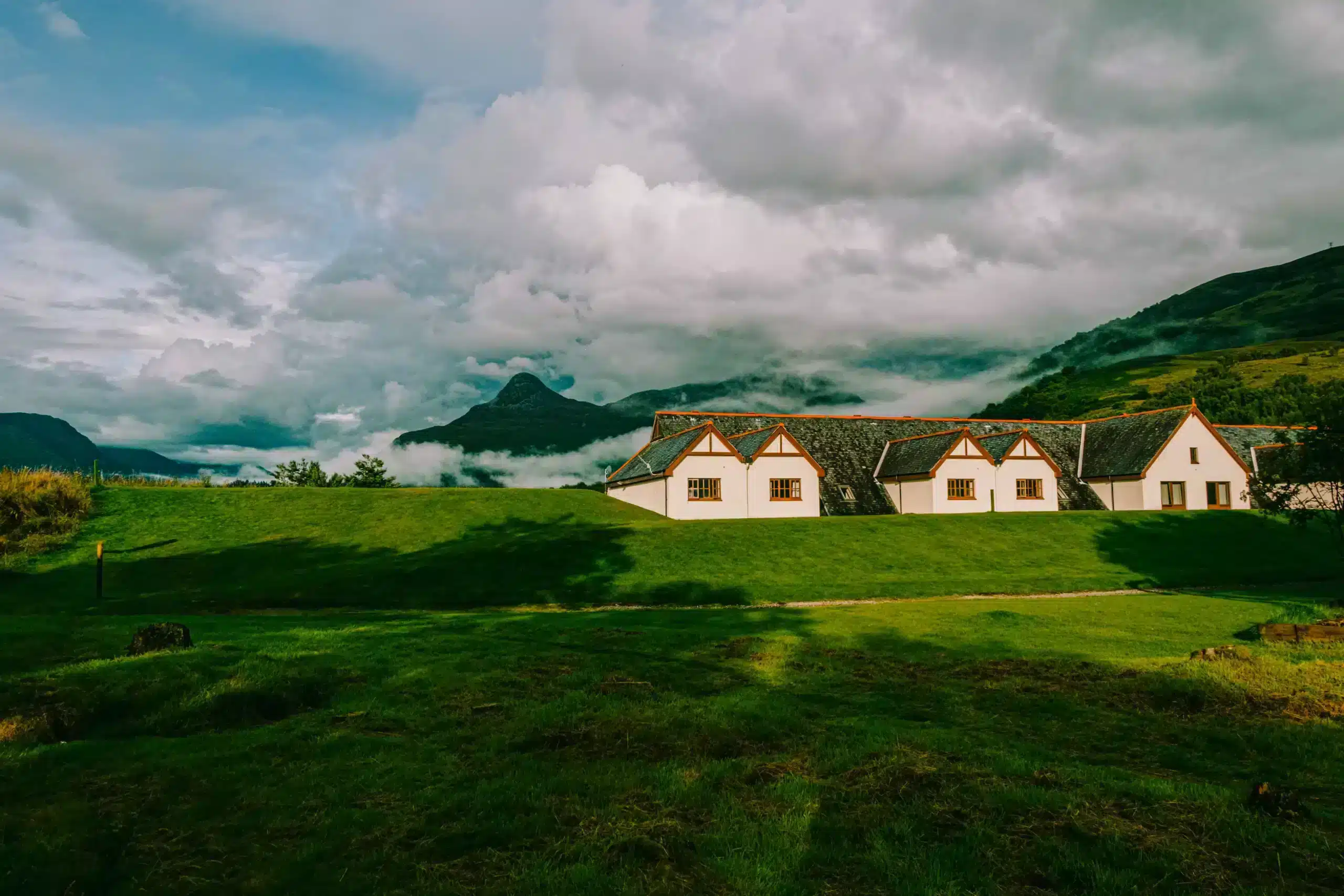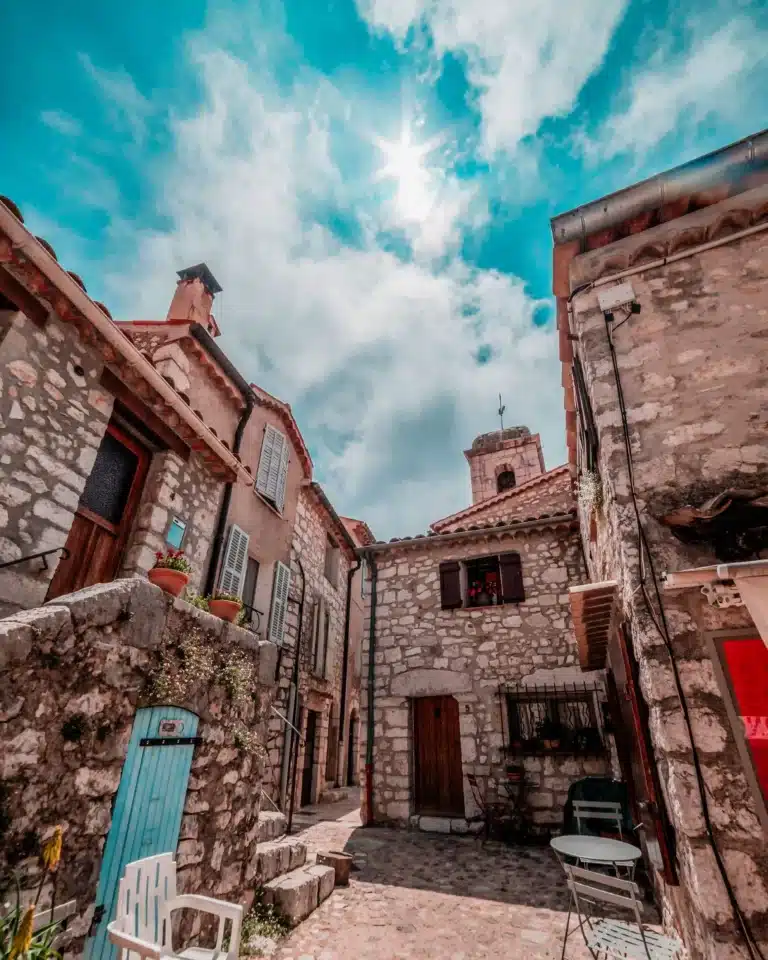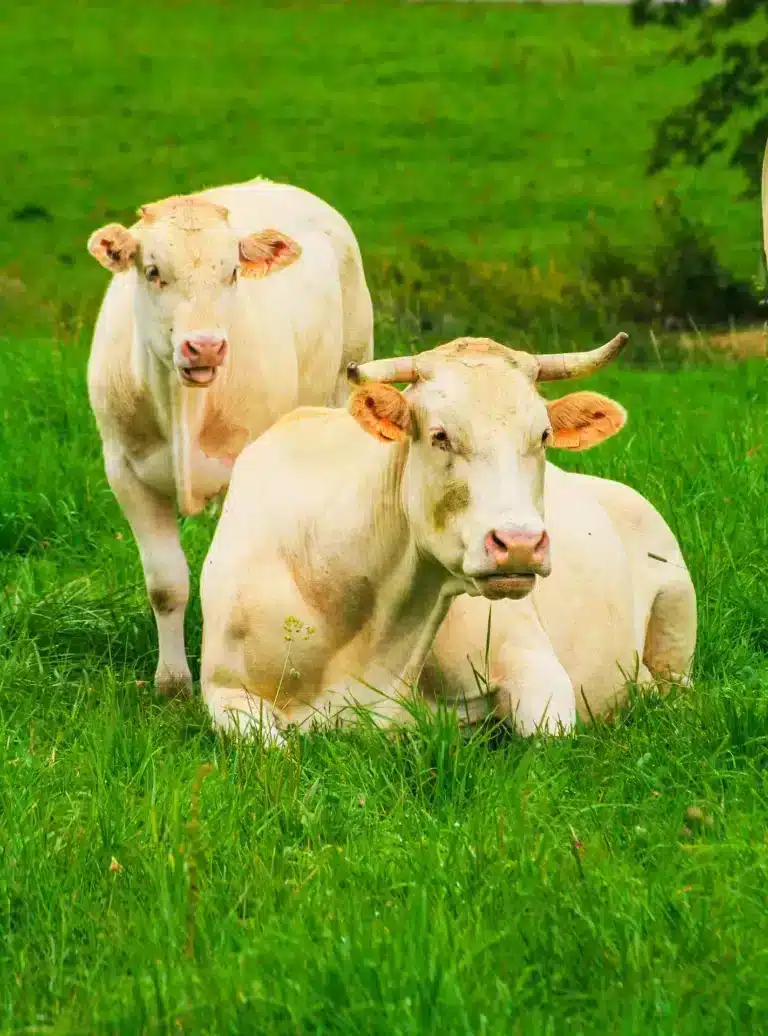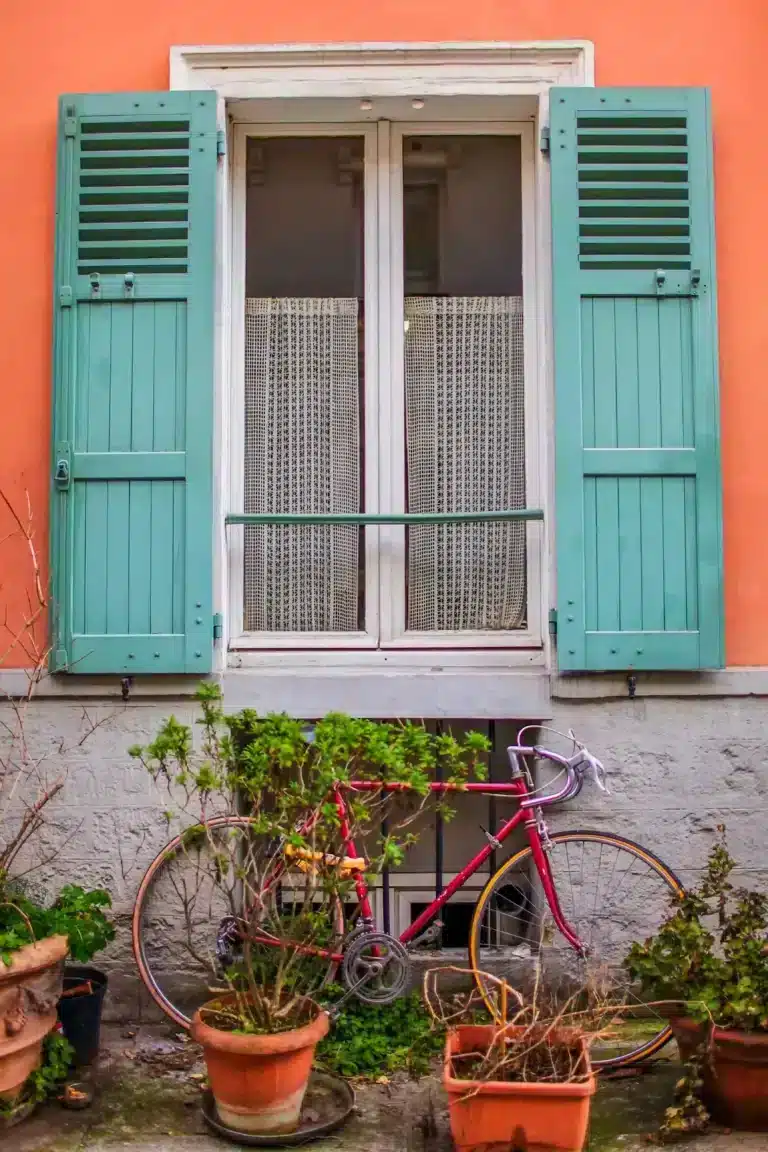Roquefort cellars
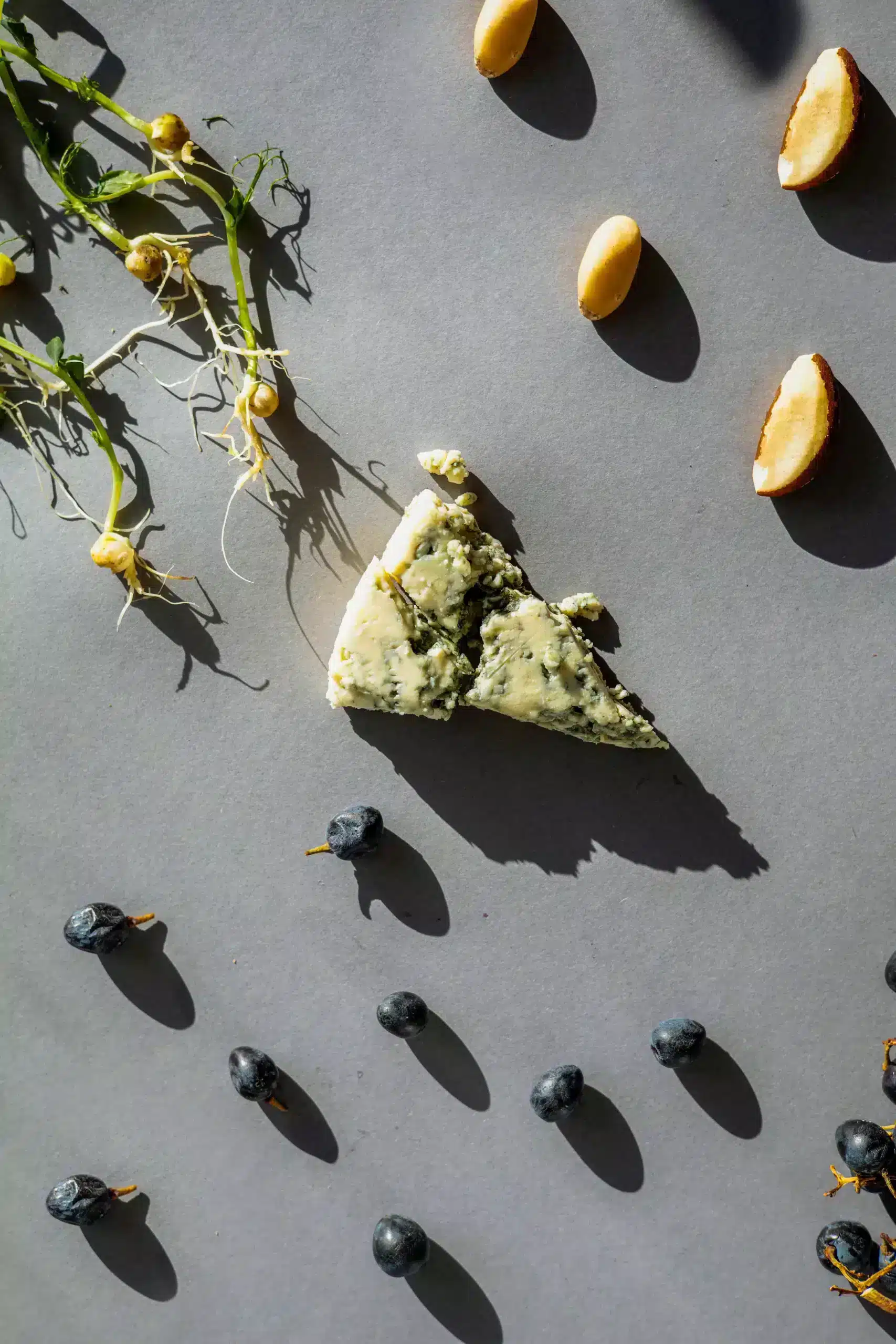
Vacations in Roquefort sur Soulzon
Less than 50 km south-east of the Aveyron campsite. Les Genêts, Roquefort-sur-Soulzon is, of course, famous for its blue-veined cheese, a protected appellation d’origine contrôlée. The village’s caves, natural cavities ventilated by cracks formed when the Combalou mountain collapsed 1 million years ago, are used to mature cheese molded in the dairy.
The visit to the Roquefort cellars is a must-see in the region, where you can learn a great deal about how Roquefort cheese is made, how its distinctive flavors and strength are created, and the know-how that goes into making it.
This sheep’s milk cheese is made from raw milk, then matured in natural caves, where mold transforms the curd to give it a bluish appearance once it has reached maturity. Refining in tin foil prevents rind formation. Visit a local cheesemaker to taste authentic Roquefort (App d’origine)!
Maison Coulet offers free tours of its cellars, as well as an exhibition of cheese-making equipment used in the past. This multi-medal-winning family business is particularly popular with Michelin-starred chefs from the French gastronomic scene.
The Société and Papillon brands open their vast Roquefort cellars to the public.
Itinerary campsite Roquefort sur Soulzon
For your family camping holidays near Roquefort, Les Genêts offers mobile home and tent and camper van site rentals!
From the campsite, the road to Roquefort-sur-Soulzon (48 km from the campsite, 54 min by car) is very interesting, as it passes through the Aveyron countryside and several picturesque villages such as Montjaux, which boasts a pretty castle and a remarkable church (Saint-Quirinus church), and through Saint-Rome-de-Tarn.
Leaving the campsite, take the D577 to Salles-Curan and the D993 to Montjaux. From Saint-Rome-de-Tarn, continue to Saint-Rome-de-Cernon, then on the D999 to Roquefort-sur-Soulzon. Saint-Rome-de-Tarn is a beautiful medieval village. Take advantage of your visit to this commune to stop off and stroll through its narrow streets or along the river Tarn.

